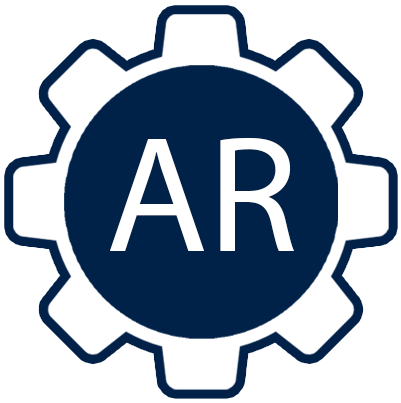Deep Learning in Ultrasound Image Analysis
Deep Learning in Ultrasound Image Analysis: Applications and Interpretations
Abstract: In this presentation, we will discuss how we can benefit from machine learning in prognosis and treatment of diseases. We will also elaborate the underlying behavior of neural networks. The first part of this talk focuses on deep learning approaches for analyzing medical ultrasound (US) images. We review some automatic methods for segmentation of US data on simulated, breast, brain, and fetal data. We also present different strategies to overcome the problem of limited data for deep learning applications and discuss the limitations of transfer learning in US image analysis. We further explain quantitative US and review some novel deep learning techniques developed to address the issue of automatic estimation of different tissue properties. At the end, we elaborate on the explainability and interpretability of deep learning and will discuss the importance of opening the black box of neural networks for debugging the models and improving the results. Finally, we will see some examples of how visualization can help improve the neural networks’ performance.
Mina Amiri received her undergraduate and MSc degrees in Electrical Engineering from Sharif University of Technology. She then completed her PhD in biomedical engineering at McGill University in 2018 focusing on the analysis of high frequency activities in the intracerebral EEG of patients with epilepsy, mainly by developing new signal processing algorithms, and machine learning techniques. She then joined the IMPACT lab at Concordia University as a postdoctoral fellow, where she expanded her research area into medical image processing, especially ultrasound image analysis using deep learning algorithms. She is now working as an AI research scientist in Zetane Inc., based in Montreal, developing techniques for visual, intuitive, and explainable AI, and for AI models debugging.




